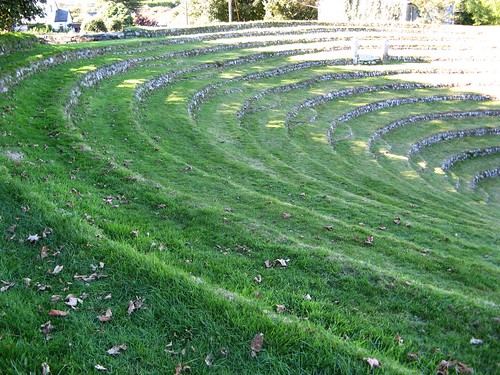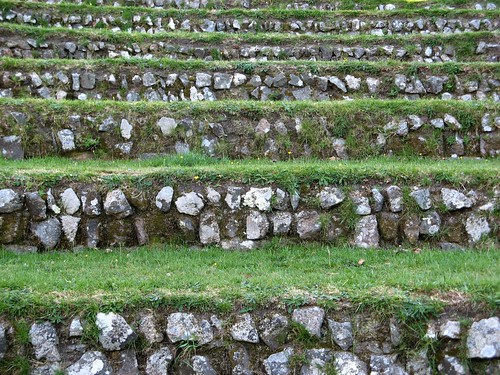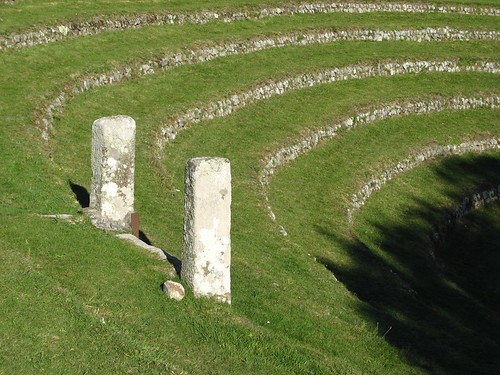
On this day 100 years ago, Antonio Petruccelli was born in Fort Lee, New Jersey. It’s a very good day to pay tribute to the excellence of this most inventive and resourceful of American illustrators. Slowly but surely, the historical record is beginning to take note of his existence but there are many, allegedly exhaustive accounts of the history of American illustration in the Twentieth Century in which he was passed over in favour of yet another chronicler of the American West or a minor master of costume drama. Even Steven Heller’s “Stylepedia” omits him despite finding space for many modest talents, Raymond Peynet for example.

The Fortune magazine cover was his great platform from 1933 to 1945. He created 24 memorable covers with characteristic precision and a wonderful quality of touch. The Fortune cover was a large scale and lavish production, printed by the gravure process on heavy card. Petruccelli’s witty and imaginative contributions made full use of the potential for rich and dense colour combined with a great repertoire of hatch, scratch and stipple. The images he devised were entirely his own and seemed to owe very little to the work of his contemporaries. An early training in textile design supplied him with an eye for the possibilities of repeating images and a flair for unusually rhythmic compositions. Many images suggest an intuitive understanding of the dynamics of Italian Futurism combined with an Art Deco sensibility.

In the early Eighties, when US libraries were busy microfilming and dumping the original issues (the shocking story of this highly dubious episode is told by Nicholson Baker in his excellent book, Double Fold), large quantities of discarded Fortune magazines found their way to the UK and this was my first sight of these visual treasures. Fortune cover art was superb and successive art editors maintained a very high standard but of all the artists, including such great names as Cassandre, Joseph Binder, Diego Rivera and Leger, Petruccelli made the strongest impression. For the first ten years the cover followed a clearly defined template or framing device and Petruccelli, above all others, exploited and played with this device to stunning effect. In compositional terms he favoured oblique viewpoints and strong diagonals. Where possible he would follow the progress of his work at the printing stage and he was very exacting on points of detail especially where colour was concerned. The notes he wrote about his covers for Chris Mullen are very informative and can be seen here.

It is interesting to reflect on the reasons why Petruccelli’s work is generally overlooked by critical opinion. The principal focus at present in historical study is from mid-century onwards and the illustration of the pre-war years gets less attention. Although there is still a lot of interest in Art Deco, Petruccelli’s work does not fit comfortably into that category despite some affinity. There is a long established critical preference for artwork that embodies the hand of the artist; fluid handling of materials and gestural drawing are especially valued. Petruccelli’s preference for formal clarity and crispness of presentation was not calculated to win favour with that sector of critical opinion. The high esteem in which the quality of Fortune artwork was held seemed to decline rapidly in the 1960’s and despite some recent rehabilitation still has some way to recover. Another factor is that Petruccelli’s work was mainly confined to Fortune and the New Yorker, both niche market publications with a mainly well-heeled readership. If his work had graced the pages or covers of Saturday Evening Post or Ladies Home Journal it might receive more attention. Finally, his personal modesty and lack of appetite for self-promotion must have played a part.

Chris Mullen visited Petruccelli at his home in Mount Tabor, New Jersey in the summer of 1986 where he was received with great hospitality and generosity and a pictorial record of his trip and the results of his research can be read on his website, the Visual Telling of Stories. In the course of that visit Petruccelli was kind enough to make a gift of a number of signed and dedicated proof covers to Chris and myself and those covers are highly treasured possessions. Antonio Petruccelli died, aged 87, on November 11th. 1994 – this is dedicated to his memory with deepest thanks for all the wonderful work he produced.














